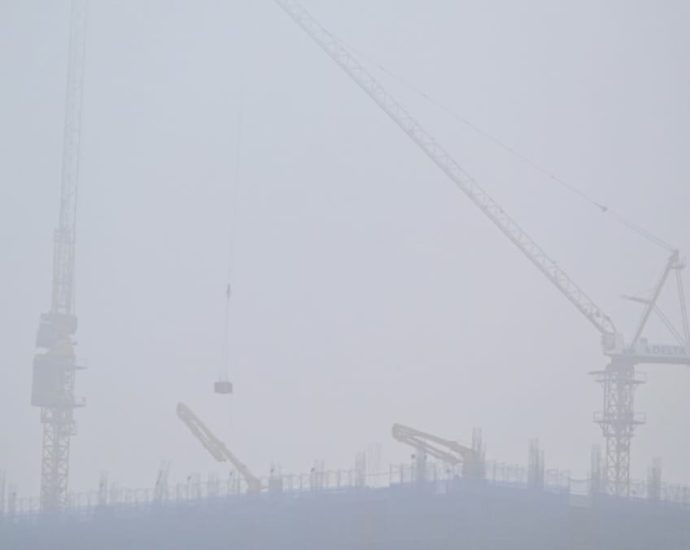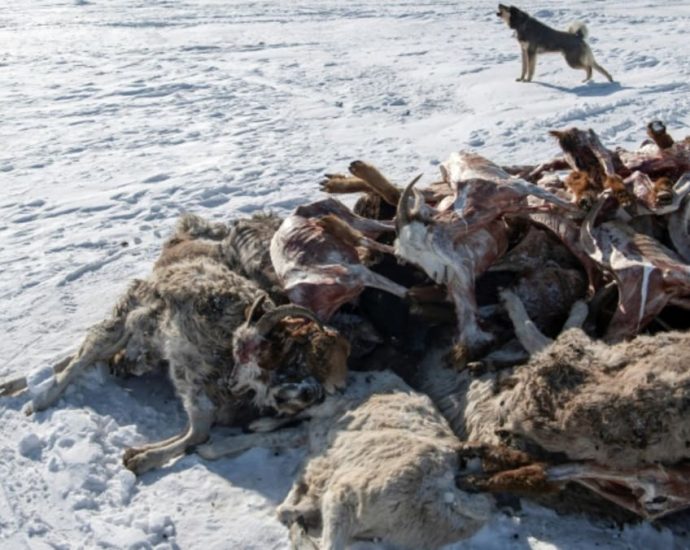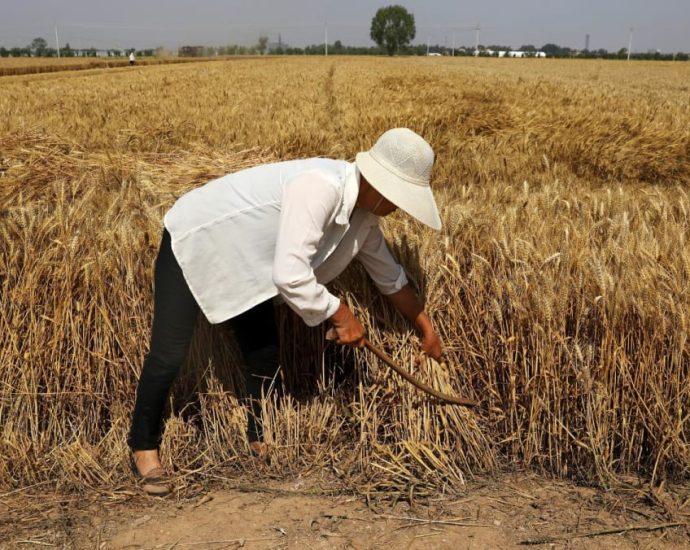Dozens of Philippine schools suspend classes over heat danger
MANILA: Dozens of schools in the Philippine capital of Manila suspended in-person classes on Tuesday (Apr 2) due to dangerous levels of heat, education officials said. The country’s heat index measures what a temperature feels like, taking into account humidity. The index was expected to reach the “danger” level ofContinue Reading










